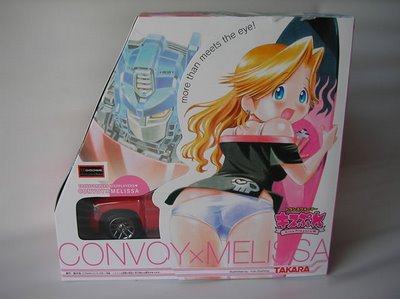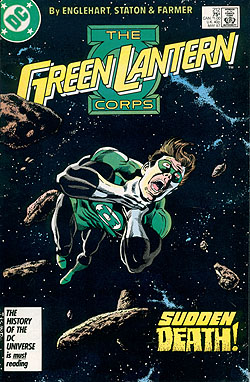
I've never really "got" the whole Transformers thing. When I first encountered them I was already watching anime and they just seemed like an american take on Mecha, only where instead of being machines for Our Heroes to pilot, the machines themselves were anthromorphised into having personalities like Thomas the Tank Engine. That was strike one.
Strike two was the whole rationale of having a whole bunch of robots living on a robot planet who all turned into like cars and planes and VCRs and shit. I could never understand why they should be designed to do this, since the robot planet didn't seem to have any people in it anyway. Or why they should pretend to be consumer products from Our Planet anyway. I'm sure it's all rationalised somewhere in Transformers lore, but I was never that interested to find out. And how is it that untransformed they are all pretty much the same size, but transformed, one can be a fighter plane or a truck while another will turn into a CD player or a gun? How does that work?
So the appeal of Transformers passed me by and the only one I ever owned was the one that's basically a Macross Valkyrie, because some guys I used to hang with didn't believe it really existed, so when I saw it in a thrift store I bought it.
And now I just heard about Transformers Kiss. It's so utterly bizarre and fucked up I almost like Transformers now.

